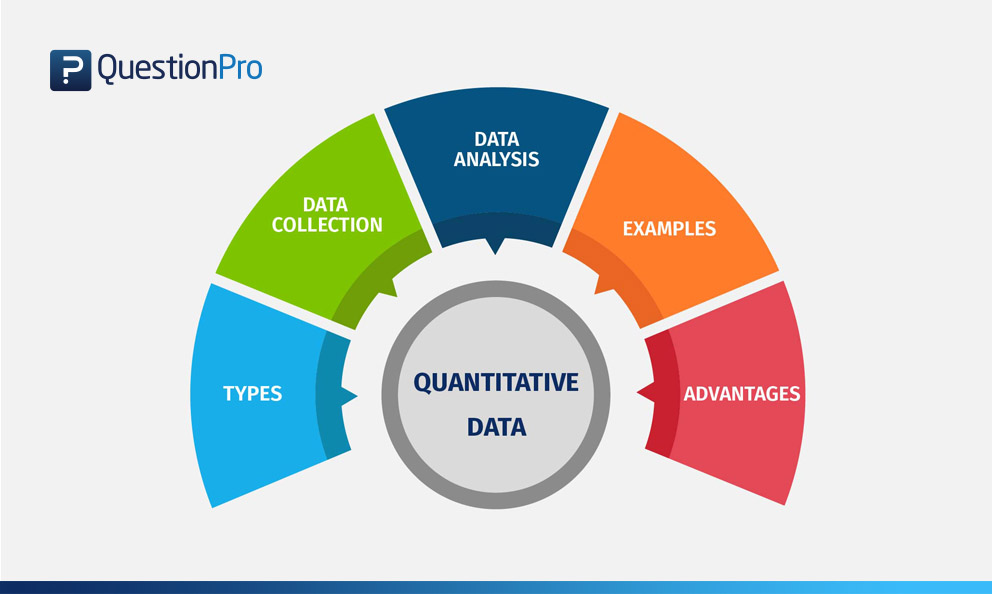Quantitative data, also known as numerical data, refers to data that is expressed in terms of numbers and can be measured and quantified. This type of data deals with quantities and attributes that can be counted or measured, and it is used to represent information about the magnitude, size, or quantity of something. Quantitative data is objective, precise, and often subject to mathematical and statistical analysis.
Here are some key characteristics and examples of Quantitative Data:
-
Numerical Values: Quantitative data is composed of numerical values, such as integers or real numbers. These values can be subjected to arithmetic operations like addition, subtraction, multiplication, and division.
-
Continuous and Discrete: Quantitative data can be either continuous or discrete:
- Continuous Data: This type of data can take an infinite number of values within a given range. For example, the height of a person, the temperature, or the weight of an object are continuous data because they can have any value within a certain range.
- Discrete Data: Discrete data can only take on specific, distinct values. For example, the number of students in a classroom, the count of cars in a parking lot, or the number of books on a shelf are discrete data.
-
Measurement Scales: Quantitative data is often associated with specific measurement scales, which can be categorized into various levels:
- Nominal Scale: Assigns numbers to objects or categories for identification but does not imply any order or ranking.
- Ordinal Scale: Assigns numbers to objects or categories, indicating their relative order or ranking, but the intervals between values are not necessarily equal.
- Interval Scale: Assigns numbers to objects or categories, indicating their order with equal intervals between values. Zero in an interval scale doesn't represent the absence of the attribute but is an arbitrary point.
- Ratio Scale: Like an interval scale, it has equal intervals between values, but it also has a meaningful zero point, representing the absence of the attribute. It supports meaningful ratio comparisons.
-
Examples of Quantitative Data:
- Age of individuals
- Temperature in degrees Celsius or Fahrenheit
- Height and weight of individuals
- Income or salary
- Number of products sold
- Distance traveled
- Test scores
- Stock prices
- Time in hours, minutes, or seconds
Quantitative data is valuable for conducting statistical analysis, making numerical comparisons, and drawing conclusions based on mathematical operations and statistical tests. It is widely used in various scientific, business, and research contexts to derive insights, make decisions, and draw meaningful conclusions.
Thank you.
